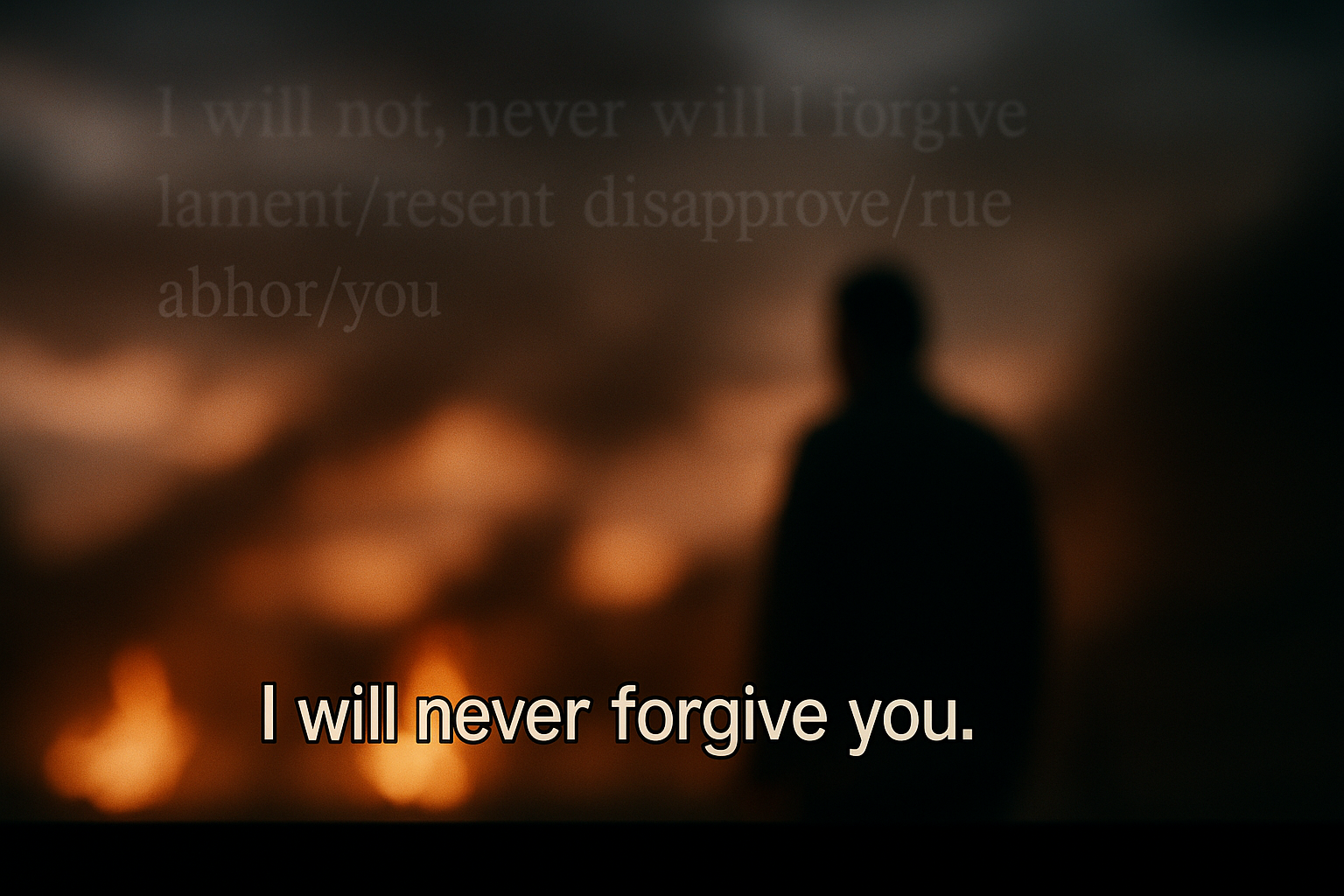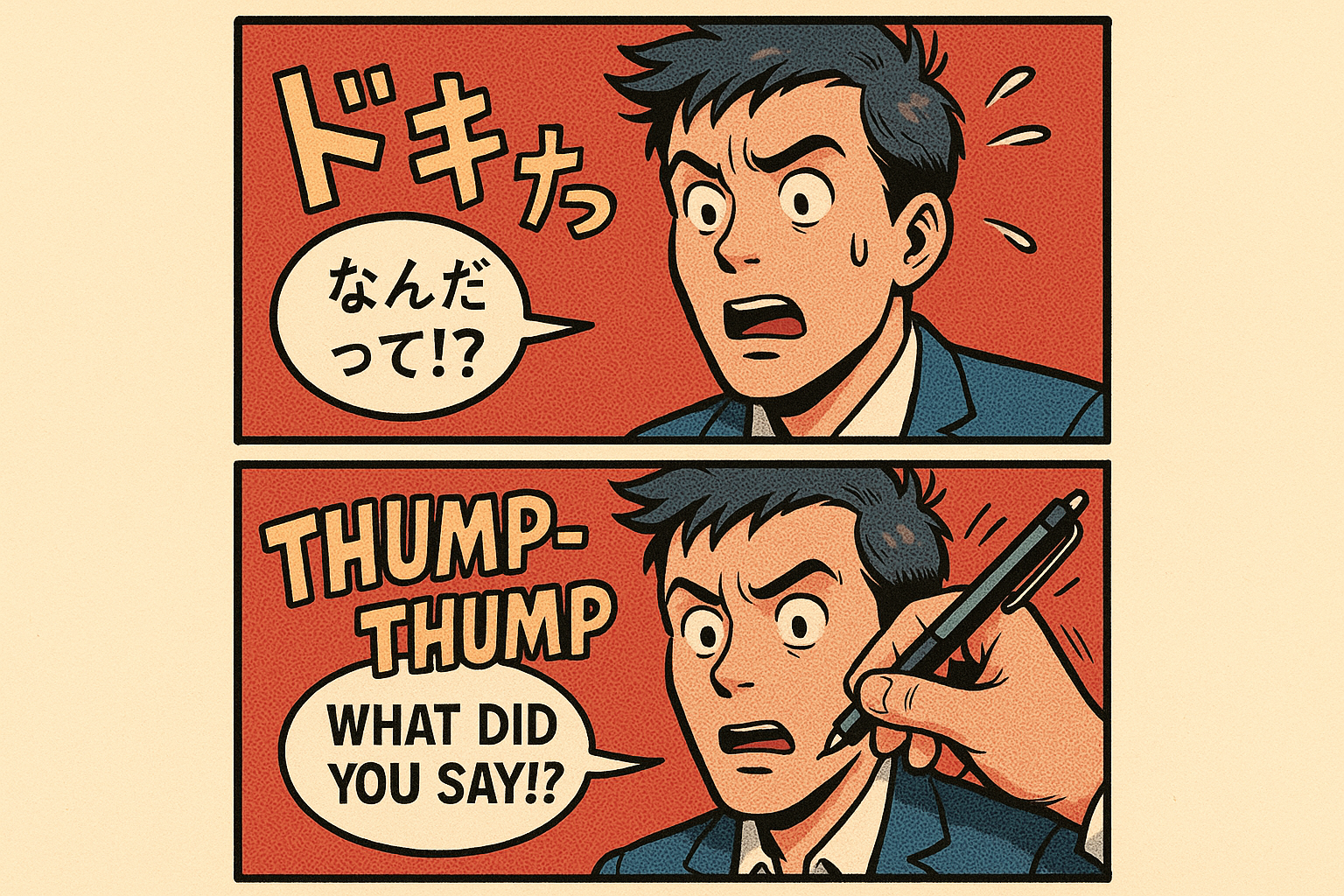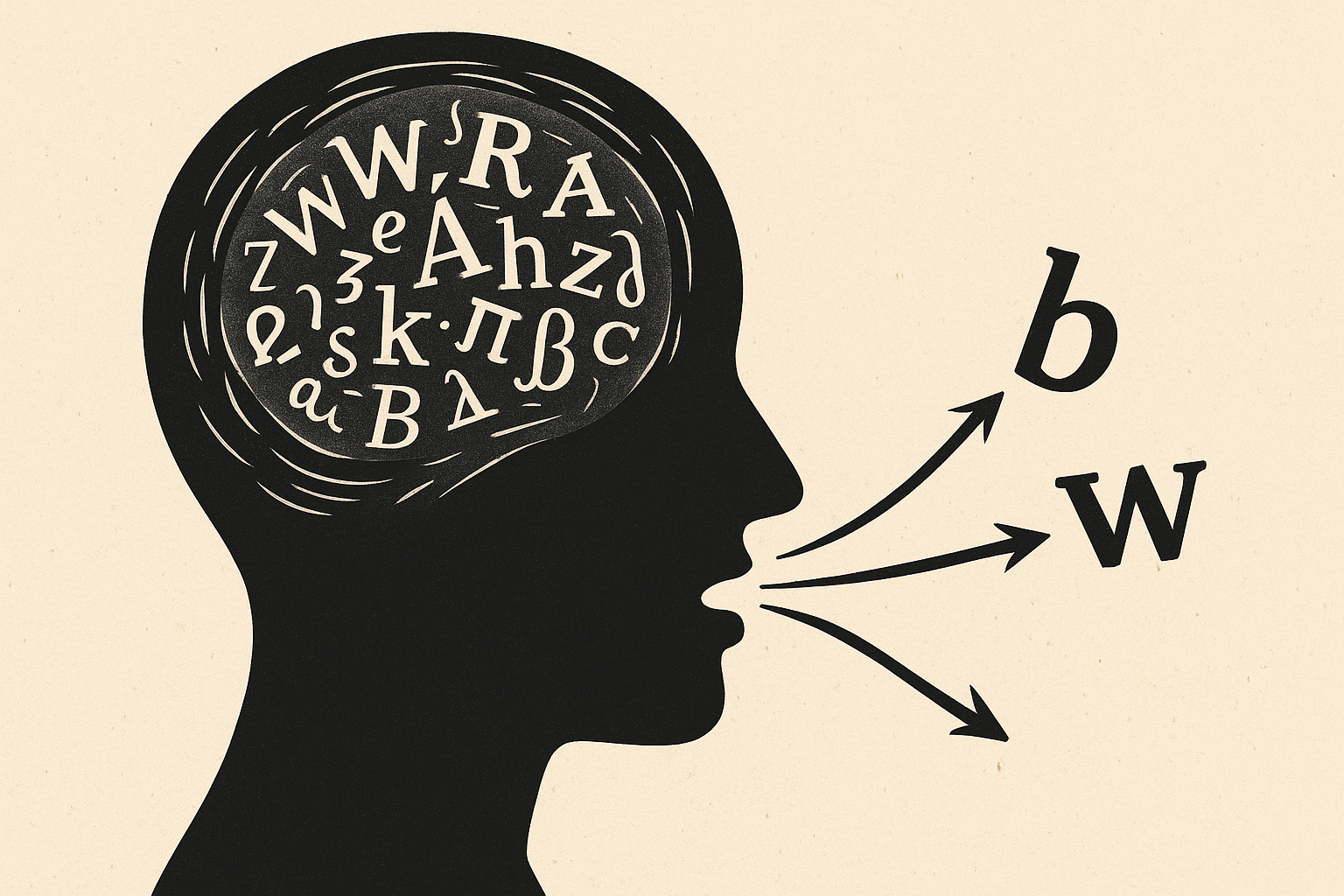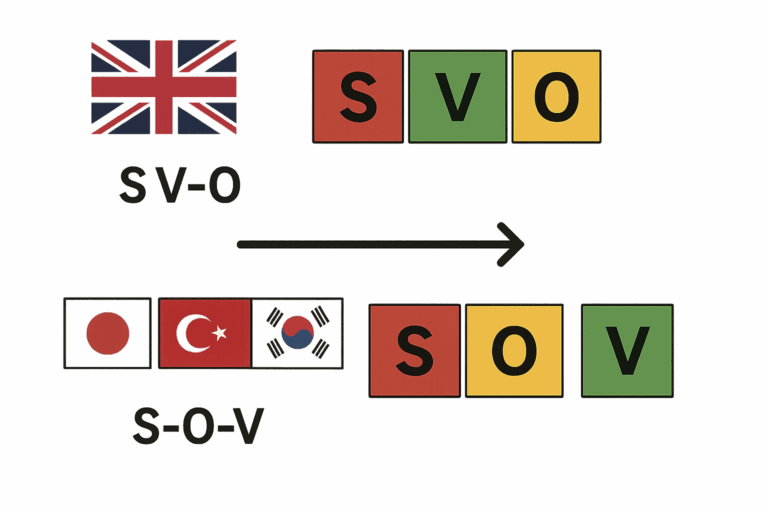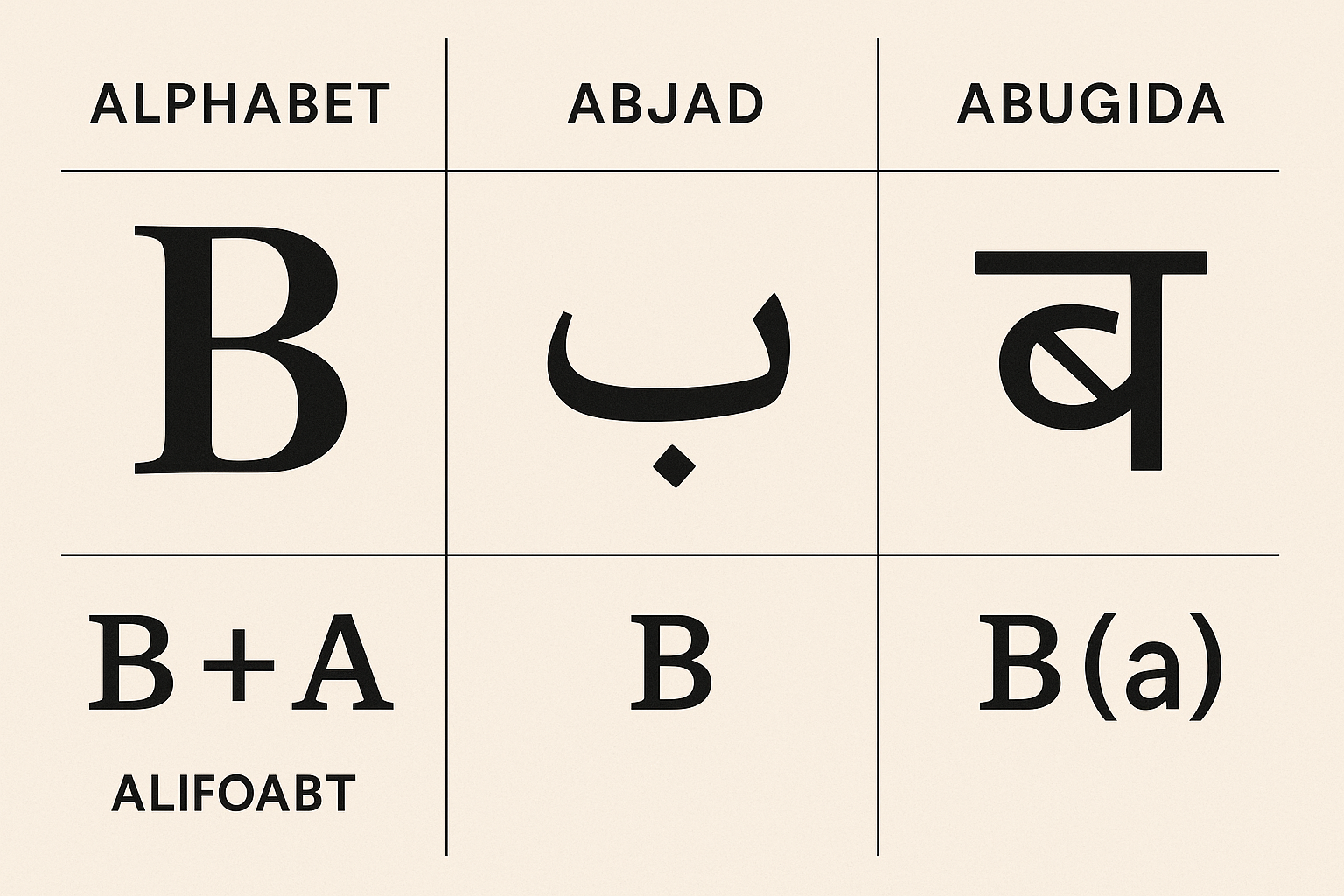The Unsung Heroes of Your Binge-Watch
You’re an hour into the latest critically acclaimed Danish noir or that viral Korean drama everyone is talking about. The tension is palpable, the cinematography is stunning, and you’re completely invested in the characters’ fates. But have you ever stopped to consider the invisible artist shaping your entire experience? I’m talking about the subtitler, the linguistic acrobat who masterfully translates not just words, but culture, emotion, and nuance, all within a few inches of screen real estate.
Subtitling is far more than a simple word-for-word translation. It’s a delicate dance between art and science, a craft governed by rigid constraints and demanding immense creative problem-solving. It’s time we read between the lines and appreciate the unsung art form that connects us to stories from around the world.
The Science: Working Inside the Box
Before a subtitler can even think about creative translation, they must contend with a series of strict technical limitations. These rules aren’t arbitrary; they’re based on the science of how we read and process visual information.
- Character Limits: A subtitle is typically limited to two lines, with each line containing a maximum of around 42 characters. Why? Because any more than that and the text becomes a dense block that is difficult to read quickly before the scene changes. It also risks obscuring too much of the visual action.
- Timing and Reading Speed: A subtitle must appear on screen precisely when the dialogue is spoken and remain long enough for an average viewer to read it comfortably. The industry standard hovers around 15-20 characters per second. This means a subtitler must constantly edit and condense the source dialogue. A character’s long, rambling monologue might have to be trimmed to its essential meaning to fit the time they are on screen.
- Spotting: This is the technical term for timing the “in” and “out” points of each subtitle. A good subtitler ensures that subtitles don’t cross over major cuts or shot changes. A subtitle that lingers after a scene has changed is jarring and pulls the viewer out of the experience.
The Art: Navigating a Labyrinth of Language and Culture
Once the technical framework is in place, the true artistry begins. This is where a subtitler becomes less of a technician and more of a writer, cultural consultant, and performer-by-proxy.
Condensation Without Compromise
People rarely speak in neat, concise sentences. We use filler words (“um,” “like,” “you know”), repeat ourselves, and go off on tangents. A literal, verbatim translation would be unreadable and unnatural. The subtitler’s job is to distill the dialogue to its core essence. They must ask: What is the character’s intent? What information is crucial for the plot? What emotion are they trying to convey? This requires a deep understanding of the source material and a sharp editorial eye.
Translating the Untranslatable
This is perhaps the biggest challenge. How do you translate a pun that only works in the original language? What about a reference to a local celebrity, a political scandal, or a brand of snack food that the target audience has never heard of? And then there are idioms.
The English phrase “it’s raining cats and dogs” translated literally into Spanish (está lloviendo gatos y perros) would be nonsensical. A subtitler must find a functional equivalent, like está lloviendo a cántaros (“it’s raining by the pitcher-full”), which conveys the same meaning of a torrential downpour. Humor is notoriously difficult. A joke often relies on wordplay or cultural context. The subtitler must decide whether to attempt a similar joke, replace it with a different one that fits the context, or simply translate the literal meaning and accept that the humor will be lost.
Subtitles vs. Dubbing: The Great Debate
No discussion of subtitling is complete without mentioning its controversial cousin: dubbing. Dubbing replaces the original audio track with a translated one, while subtitling preserves it. Both methods have their staunch defenders and critics.
- Subtitling Pros: Authenticity. You get to hear the original actors’ performances, with all their intended intonations, emotions, and vocal textures. It’s also a fantastic way to get a feel for the sound of another language.
- Subtitling Cons: The text can be distracting for some, pulling their eyes away from the visuals. It requires the viewer’s full attention—no multitasking while watching a subtitled film!
- Dubbing Pros: Accessibility. It allows viewers to focus entirely on the on-screen action without the “chore” of reading. For visually impaired audiences or those who prefer to watch more passively, it’s the superior option.
- Dubbing Cons: The dreaded lip-sync mismatch can be incredibly jarring. More importantly, a dubbed performance is a reinterpretation; the original actor’s voice, a key part of their craft, is lost.
Cultural preference plays a huge role. Countries like Germany, Italy, and Spain have strong traditions of high-quality dubbing, whereas Scandinavian and Benelux countries overwhelmingly prefer subtitles.
The Modern Dilemma: Literal vs. Localized Translation
In the age of global streaming, a new debate has taken center stage: should translations be as literal as possible, or should they be localized to make them more resonant for the target culture?
This issue exploded into the mainstream with the release of the global phenomenon Squid Game. Many bilingual viewers noted that the English subtitles sometimes failed to capture the nuances and social commentary of the original Korean dialogue. For instance, a key character’s line about her intelligence and background was simplified, losing the original’s sharp critique of Korean societal hierarchies.
Interestingly, many found that the “English [CC]” (Closed Captions) track was more accurate. This is because standard subtitles are often translated from the English dubbing script, which is already heavily adapted for lip-sync and flow. The CC track, however, is typically a more direct translation of the original language script, intended for the deaf and hard of hearing.
There is no easy answer. A purely literal translation can feel stiff and alien, filled with cultural references that go over the audience’s head. Aggressive localization, on the other hand, can erase the cultural specificity that makes foreign media so fascinating. The best subtitlers strike a delicate balance, preserving the original’s intent and flavor while ensuring the story is coherent and emotionally impactful for a new audience.
Applauding the Invisible Artist
The next time you’re engrossed in a foreign film, take a moment to appreciate the text at the bottom of your screen. Those words are not the product of an algorithm, but of a skilled professional making hundreds of creative, linguistic, and technical decisions per minute. They are the bridge connecting you to another world, the silent narrators of global stories. Good subtitling is an invisible art; when it’s done well, you barely notice it’s there. And that, in itself, is a mark of true mastery.
